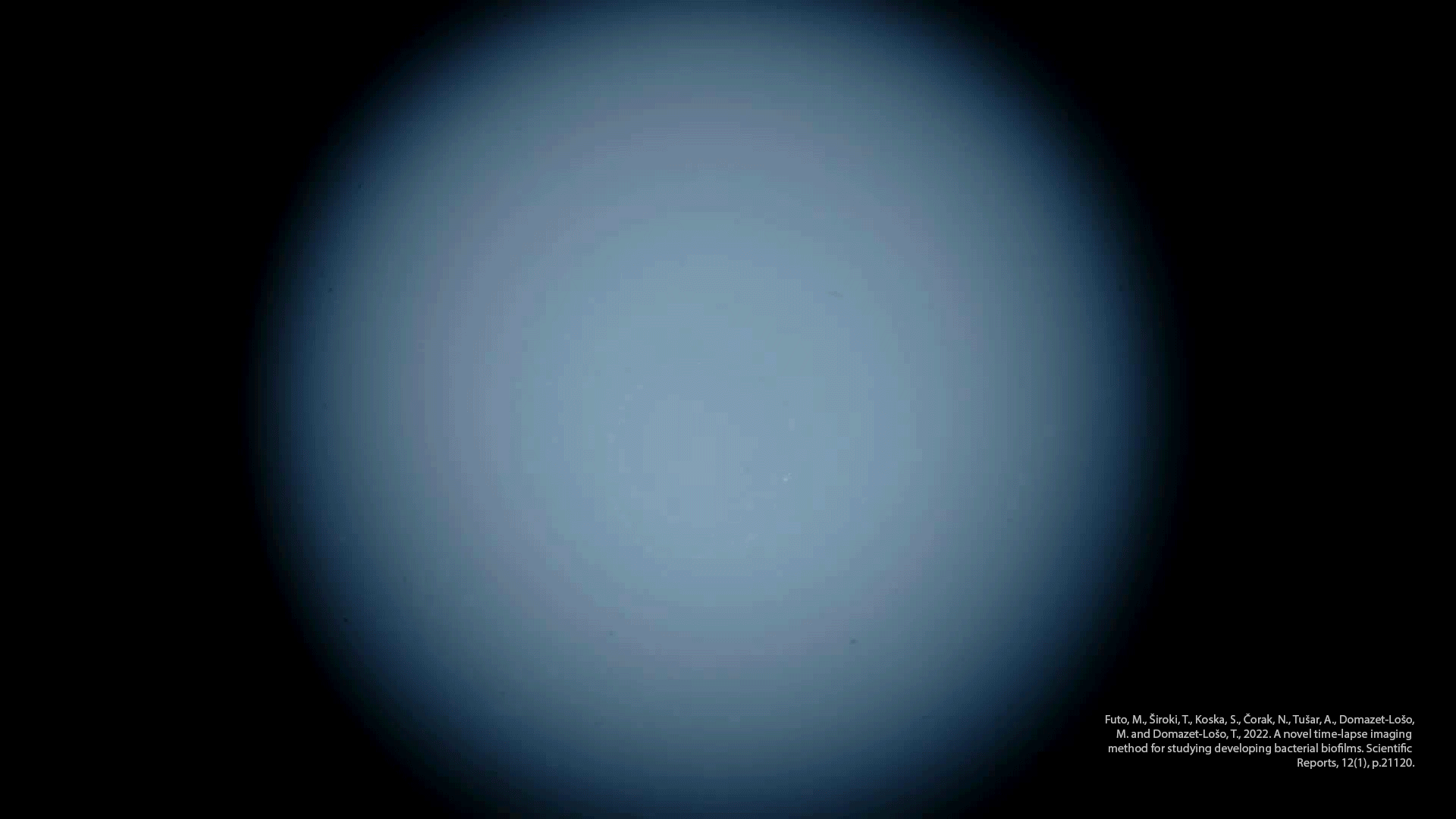Microplastics: a global threat to ecosystems and human health
Plastics have revolutionized the modern world with their versatility and practicality. However, their widespread use has led to an unprecedented environmental challenge. Every year, millions of tonnes of plastics are produced and used worldwide, creating a considerable amount of unmanageable waste.
Due to physical degradation caused by various natural factors, plastics disintegrate into smaller particles. When these particles become less than 5 mm in size, they are referred to as microplastics. Furthermore, these tiny plastics, which animals often mistake for food, threaten wildlife. In addition, they can affect human health through the food chain, raising concerns about ingestion of toxic chemicals that can cause neurological problems and cancer.
This is the main reason that led us to the development of our project: Plasticbusters.
Read more on the Project Description

tyre abrasion in Switzerland every year
Our solution - engineering bacterial biofilm to catch microplastics

Currently, there is no existing solution to efficiently remove microplastics from water bodies. To address this issue, we decided to engineer an Escherichia coli biofilm capable of preventing plastic particles from reaching water bodies. We demonstrated that we can overexpress Curli fibers, the main protein component of E. coli biofilms. We then went on to successfully show that our biofilm can capture microplastics. After discussing with various experts, we further developed the project in two areas: First, we added peptides to the Curli fibers which target the plastic polymers most frequently found in the environment. Secondly, we added a rubber-binding domain to the Curli fibers, which allows us to specifically capture particles originating from car tyres. Our engineered biofilm, functionalized to capture microplastics, could be implemented at multiple levels, including wastewater treatment plants, road drains, and washing machine filters.
Read more on the Project Design
Impact of our project
Our project will have a positive impact on the management of microplastics generated by everyday human activities. With Plasticbusters, we achieved four different aspects of the United Nations Sustainable Development Goals.










